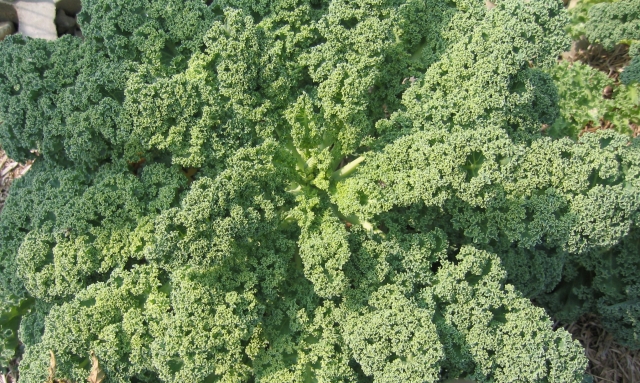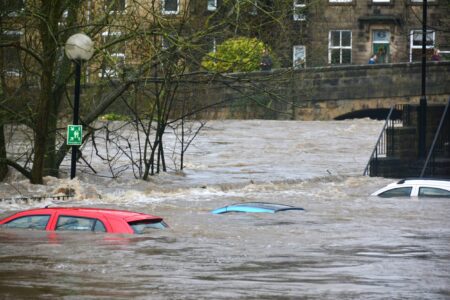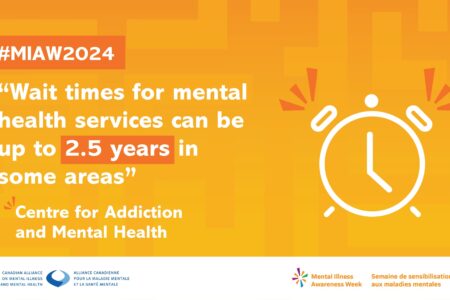Site C: Do We Care?
Site C: More hydro power, more fracking, less farmland. What do we really need?
Rossland Council recently passed a resolution to support the Peace River Region community of Hudson’s Hope in its opposition to the Site C dam. Recently, I have heard rumblings of discontent about that decision, from one Council member and a few others in the community. So the question arose: should we in Rossland care about the Site C dam, and if so, should we want the dam built — or not?
Let’s look at the current situation:
Energy:
BC’s power needs are “adequate” for about the next ten years, according to BC Hydro. (BC Hydro is a provincial Crown corporation, reporting to the Ministry of Energy and Mines, and regulated by the BC Utilities Commission.) BC Hydro expects an annual increase of about 1.7% in demand for domestic electricity over the next 20 years, from population growth and economic activity. BC Hydro’s website also indicates that it wishes to be prepared to serve ” the emerging liquefied natural gas (LNG) industry on B.C.’s north coast. … We’re working with industry and government to understand the future electricity requirements of the LNG industry so that it can be addressed in the Integrated Resource Plan [PDF, 1.0 MB].”
LNG? That’s liquified natural gas, and BC is accessing it by way of hydraulic fracturing, or “fracking”. Fracking uses enormous quantities of fresh water; an article in the Globe & Mail stated that BC used 7 billion litres of water for fracking in the previous year. Nexen Inc. applied for a license to extract 2.5 billion litres a year from North Tsea Lake for fracking; the application was opposed by the Fort Nelson First Nation. Of course, a reservoir of water created by a dam at Site C could also be a convenient source of fresh water for fracking, as well as the large amounts of power fracking uses.
As most of us know, fracking is contentious because of its huge appetite for fresh water, and the fact that it contaminates groundwater with chemicals that the industry refuses to disclose, as well as with methane — by now, we’ve all seen videos of tap-water being set on fire. There are lawsuits by landowners against fracking companies and regulatory agencies over contaminated well-water. Fracking can, and does, trigger earthquakes, and creates air pollution and noise pollution. It is also part of our process of continuing to extract (and use) fossil fuel from the earth in the face of increasingly dire warnings from the world’s most respected climate scientists that doing so will further accelerate climate change, and that will result in a world very different from the comfortable and relatively predictable one we take for granted.
There is no indication on its website that BC Hydro has considered additional power production becoming available over the next 20 years from emerging alternative energy sources such as solar, wind, or geothermal. The Canadian Geothermal Energy Association has compiled a report: “Geothermal: the Renewable and Cost Effective Alternative to Site C.” A spokesperson for the Association said, “If the B.C. government treats geothermal energy as a priority, not an afterthought, geothermal will provide firm energy beginning in 2018 at a lower cost than Site C and in a manner that benefits ratepayers, taxpayers, First Nations, the economy and the environment, not to mention having a carbon footprint that is lower than Site C.”
So, to sum up: we already have enough energy production for many years. Development of geothermal power is being ignored, as is solar power and wind energy, though all of these show increasing promise.
Growth:
I do not have space here, and I suspect you do not have the time right now, to do this topic justice. Just contemplate a few facts, over-simplified but still true:
1. We live on a finite planet, with finite amounts of water, soil, and other resources.
2. Our population is increasing.
3. Our current economy requires Return On Investment, or “ROI.”
4. ROI drives inflation, which in turn drives a requirement for constant and exponentially increasing “economic growth.”
5. Continual exponential growth in a limited environment is an unlikely long-term success strategy, to say the least.
“Limits to Growth” is a book that was written in 1972 by scientists Donella Meadows, Jorgen Randers, and Dennis Meadows. Immediately after its publication, a great deal of human energy went into deriding and discrediting the authors’ work, mostly by misrepresenting it. A follow-up volume, “Limits to Growth; the 30-Year Update” was published in 2004. Their findings have been reinforced by recent work, and this fact has made headlines in recent years. The Smithsonian published a brief article on Australian physicist Graham Turner’s review of “Limits to Growth.” Turner compared real-world data from 1970 to 2000 with the business-as-usual scenario in the book. He found that the facts nearly matched the predictions. “There is a very clear warning bell being rung here,” said Turner. “We are not on a sustainable trajectory.” Of course, if you search the internet for articles that still deride and attempt to discredit the work of the “Limits to Growth” team, you can find many. Follow the money and you will discover their motivation. They are not well-supported by credible research.
Tim Jackson, Economics Commissioner on the UK’s Sustainable Development Commission, wrote a book titled “Prosperity Without Growth; Economics for a Finite Planet” published in 2009. In it, the author builds the case for these conclusions: “Structural change is essential at the societal level. This book has highlighted three specific dimensions of that task. In the first place, we have to establish ecological bounds on human activity. Secondly, there is an urgent need to fix the illiterate economics of relentless growth. Finally, we must transform the damaging social logic of consumerism.”
Less Farmland:
Let’s think for a few minutes about a growing population, climate change, drought in California, and aquifers in many jurisdictions (including BC) being polluted on a massive scale by fracking. Let’s also consider the recent moves by our Provincial government to make much of BC’s Agricultural Land Reserve (ALR) open to other types of development.
Food security has become a household term recently, for good reason. BC imports produce from many places, but 70% of our produce imports come from California. The enduring drought there has resulted in rising prices for food in BC, as you may have noticed already. (Canada is the top destination of California’s agricultural products, followed by the European Union.) If the drought endures for much longer, agricultural production in California will be severely curtailed.
Consider this: BC’s Ministry of Agriculture and Lands estimates that BC produces less than half of the food consumed in BC.
The Peace River region contains about 31% of BC’s ALR; about 12% of the District is in the ALR. In the Peace, a unique microclimate enables a short but remarkably productive season for agriculture.
In BC’s south, increasing amounts of BC’s best agricultural land, in the Fraser Valley, are being subdivided and covered with dwellings, factories, and pavement. Prime agricultural land in the Kootenays has already been flooded by dams, and the results led to the establishment of the Columbia Basin Trust, an attempt to mitigate the adverse effects of the dams — to replace the land’s former productivity with money. But there is a limit to our ability to compensate for lost food production with money; after all, we can’t eat the stuff. In light of these facts, do we really want to encourage our government to flood thousands of hectares of prime agricultural land?
The Site C Dam approval:
The BC Government has approved the Site C dam and was planning for construction to begin this summer. That plan may be put on hold while four applications for Judicial Review of the dam’s approval are heard, probably starting in June. The applicants contend that the approval process was flawed; that (among other flaws) the government failed to consider the Joint Review Panel’s assessment of the economics of the dam, or its cumulative impacts. Construction may be delayed by the hearings, which are currently planned to be heard consecutively, by the same judge. At least, the applicants — and others opposed to the dam — hope that construction will not begin until the Judicial Review hearings are complete and the findings released. There is cause for concern based on past performance: before the environmental assessment for Site C was complete, the government went ahead with calls for contractors to build the Site C work-sites.
Conclusions:
Site C poses a choice for BC: do we choose the route of business as usual, exacerbating climate change, “growing the economy” with hydro power and fossil fuel extraction at the expense of agricultural capacity?
Or do we fuel our economy with solar, wind, and geothermal power, begin to wean ourselves off fossil fuels and work to combat climate change, and to increase our agricultural capacity and food security?
Site C could be a watershed event.

























